What is Gluten?
Is a Gluten-Free Diet Better?
Who Needs to Avoid Gluten?
Could it Be Gluten Intolerance?
Where is Gluten Hiding in Each Food Group?
- Grains – Gluten is mainly found in the grain group in rye, barley, and wheat. Most oats also contain gluten because they are processed with other grains. You can find “gluten-free oats,” but they tend to be more expensive. All types of wheat must be avoided including farro, durum, and spelt. Products made from wheat like bulgur, semolina, pasta, and couscous must also be avoided. Any foods made with wheat flour must also be eliminated. That long list of foods includes flour tortillas, cereals, gravies, crackers, soups, chowders, and baked goods such as breads, rolls, cakes, pies, and cookies.
- Protein – Fresh cuts of meat and fish, are all naturally gluten-free. Watch out for breaded cutlets and meats covered with gravy or fried in oil that has been used to cook other gluten-containing foods. Beans, tofu, nuts, and eggs are gluten-free and tend to be filling and budget-friendly options.
- Vegetables – All vegetables are gluten-free. Watch out for frozen vegetables in sauce. These often have gluten ingredients to make them thick and creamy. It is safer to melt your own cheese or add your own seasonings over plain veggies.
- Fruits – All fruits are gluten-free. Be aware of fruit pies or cobblers which have gluten in the crumb topping or crust.
- Dairy – Most plain and even flavored milks and yogurts do not have gluten. The same is true for the majority of fresh cheeses. But, occasionally they may contain additives. Be sure to read labels.
- Other – Condiments and dressings are especially hard to trust. Many seasonings and sauces include malt which comes from barley. You will find this in malt vinegar and in some salad dressings. Soy sauce, BBQ sauce, and seasoning packets also often contain wheat. Again, be especially careful to read all labels to be safe and use your own spices whenever possible (see our Sodium Free Spice Blends).
What CAN You Eat on a Gluten-Free Diet?

Don't worry - there are lots of foods that are gluten-free.
Check out our Gluten-Free Shopping List [PDF] for simple suggestions.
7 Easy Gluten-Free Meals & Snacks
|
Tacos
Corn taco shells and tortillas don’t have gluten and they are inexpensive. Stuff them with traditional meats or beans (like our Vegetarian Tacos recipe). Or try them in new ways. One of our SNAP4CT dietitian’s enjoys Peanut Butter Banana Tacos. Just toast a corn taco shell, slather it with a tablespoon of peanut butter and add a sliced banana. |
|
Greek Yogurt Parfait
Plain or vanilla Greek yogurt layered with nuts and fruit is a tasty treat. A traditional Fruit Yogurt Parfait recipe uses granola, but you can leave that out, or use shredded coconut or a gluten-free cereal for added crunch. |
|
Eggs & Sausage
You can find chicken sausage in the refrigerator case or turkey and rice sausage links in the freezer section of the store. They cook up in minutes. Serve with eggs cooked to your liking and you have a filling, easy meal. Add a side of cooked spinach for more nutrition, like in our Green Eggs recipe. |
|
Stuffed Baked Potato
Baked potatoes are nutritious, filling and easy to make. Stuff your potato with beans and spices for a great meal any time like with these Southwest Baked Potatoes. |
|
Lettuce Wraps
Large iceberg lettuce leaves can replace bread or a bun. Use lettuce leaves to wrap hamburger patties or in this fun Black Bean Lettuce Wraps recipe. |
|
BONUS TREAT! Black Bean Brownies
Following a gluten-free diet is difficult and often means skipping baked treats. You don't have to miss out! Our Black Bean Brownies don’t have any flour, but they still taste rich and delicious. |
- Find a list of Resources on Celiac Disease from the U.S. National Library of Medicine
- Explore Gluten-Free Foods from the Celiac Disease Foundation
- Get tips on Label Reading from the Celiac Disease Foundation
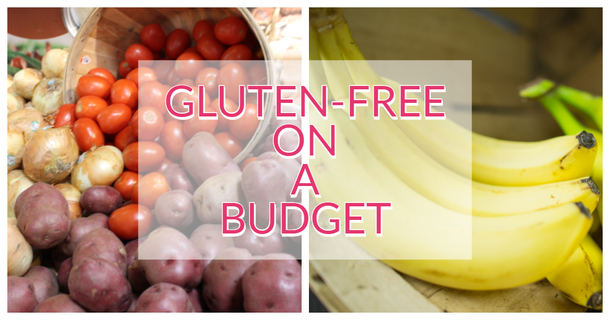
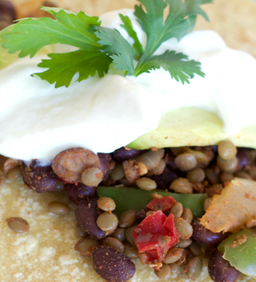
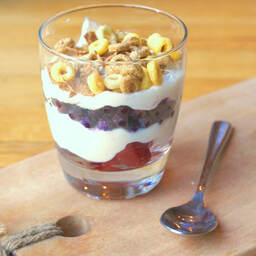

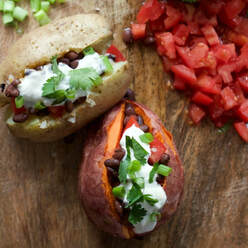
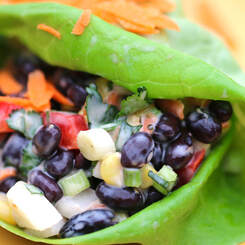
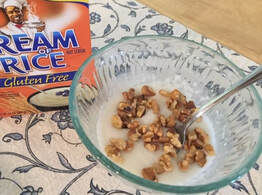


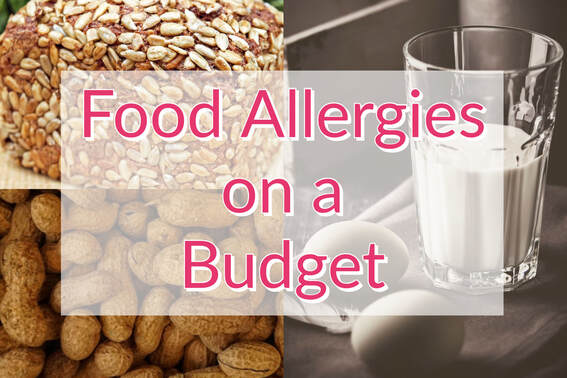
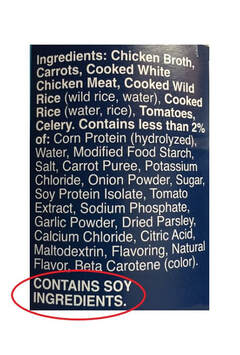
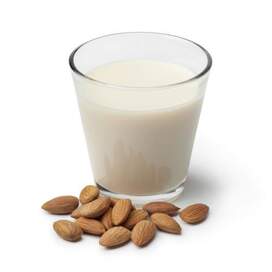

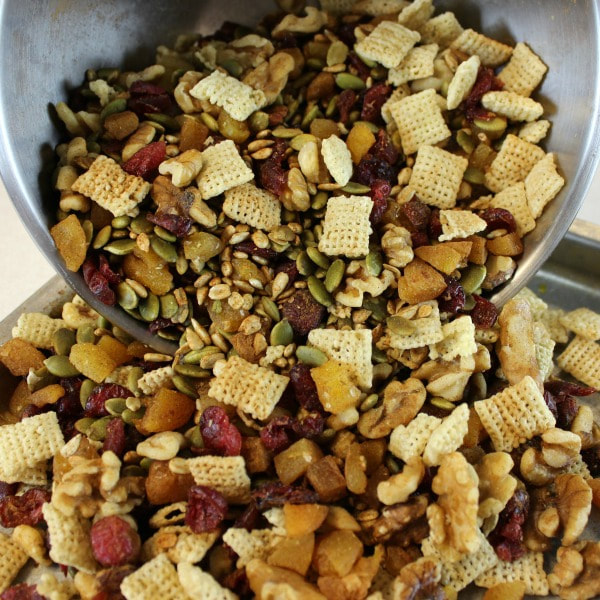
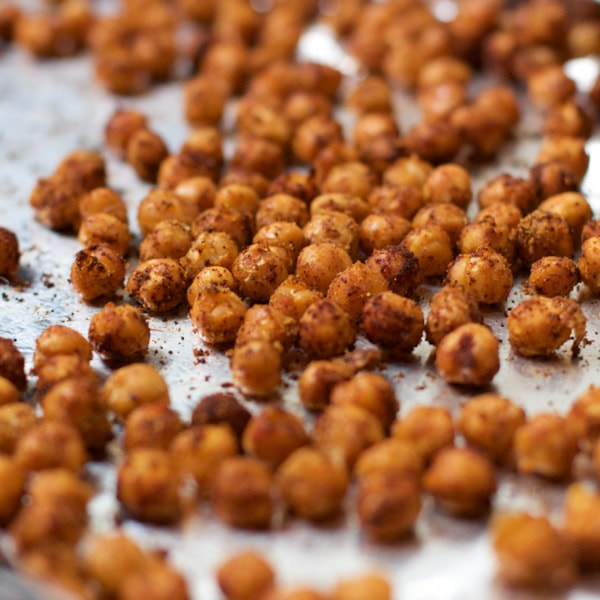
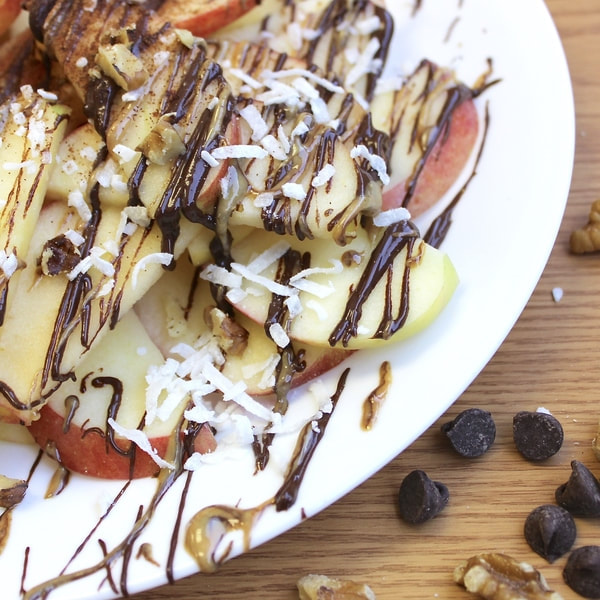
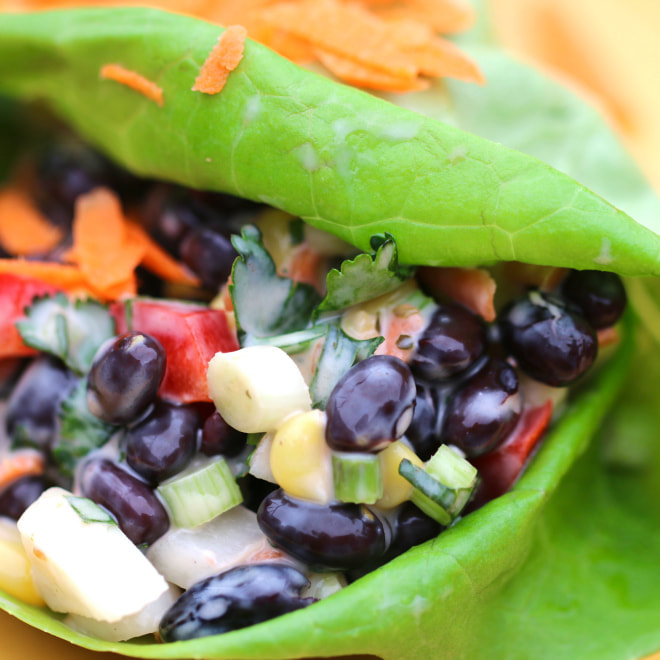
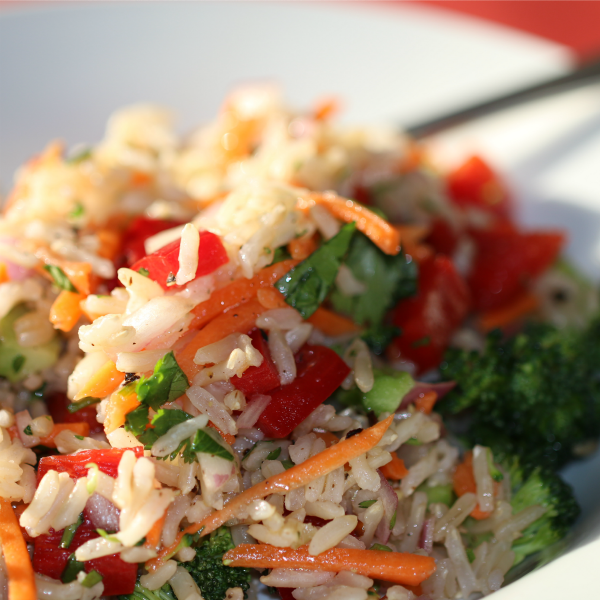
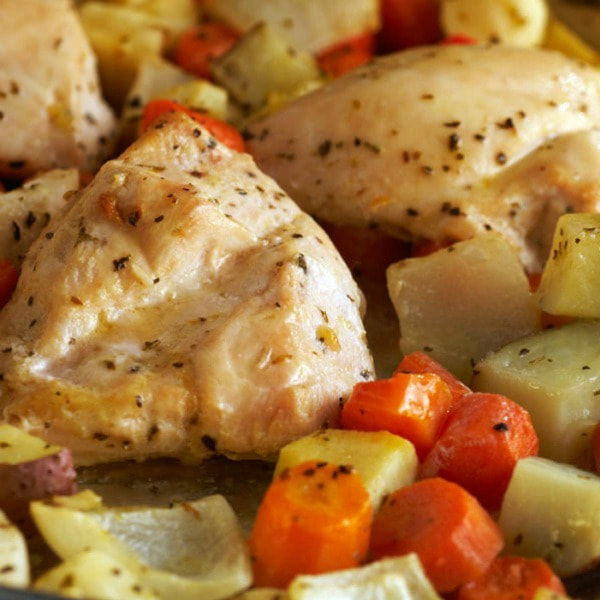
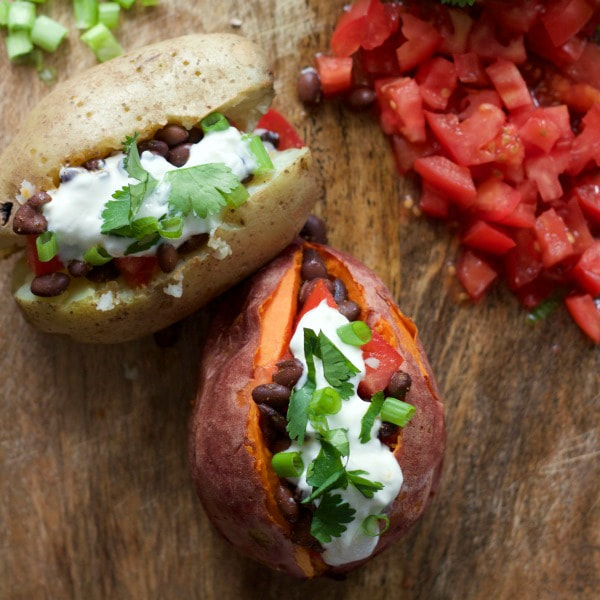
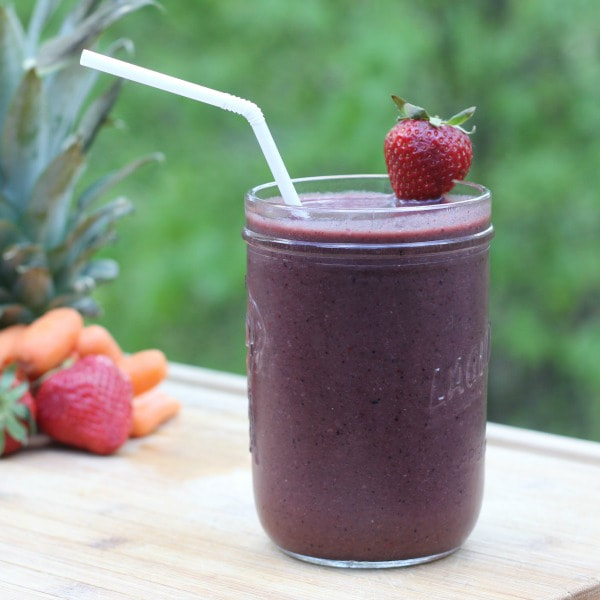
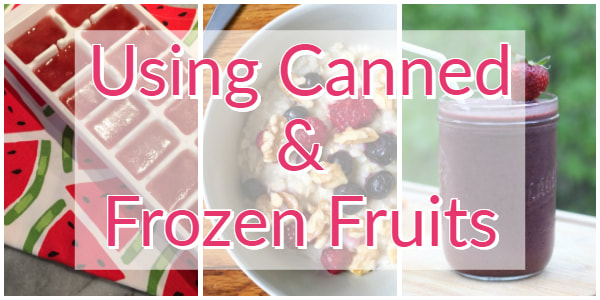
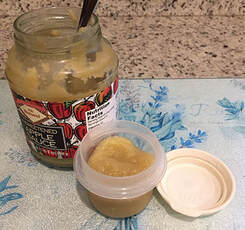
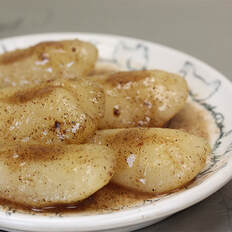
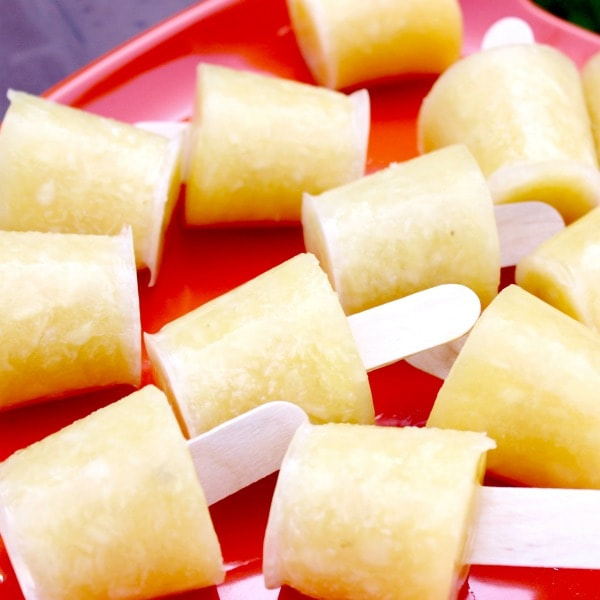
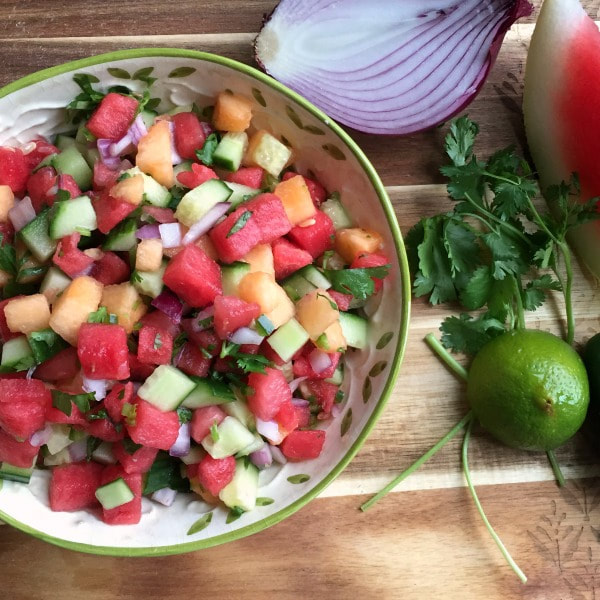
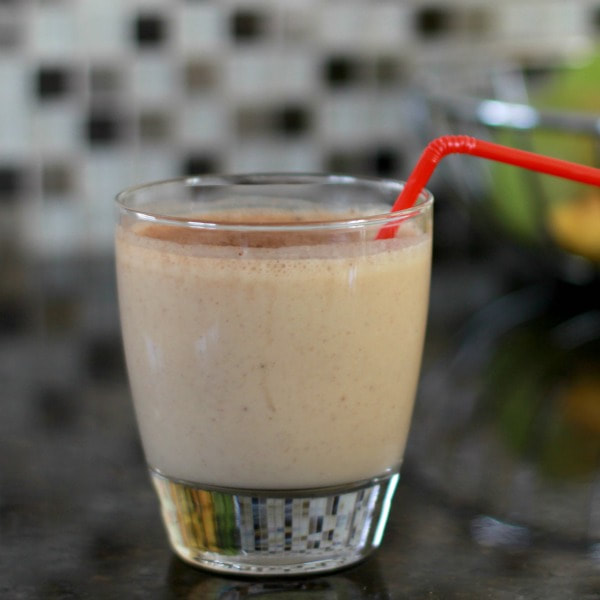
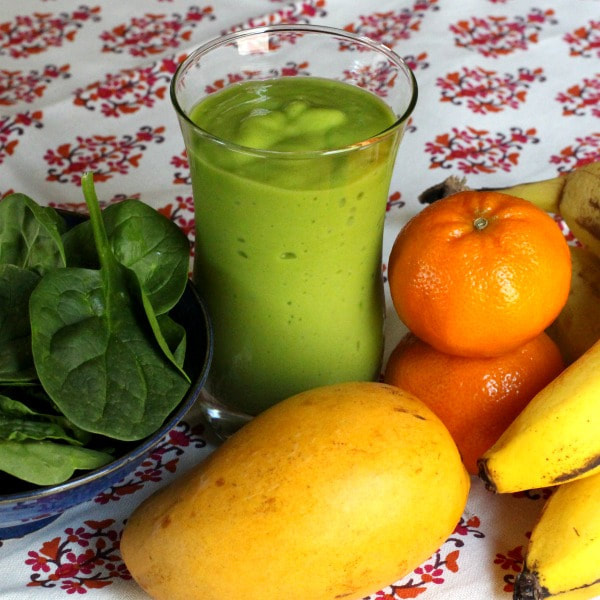

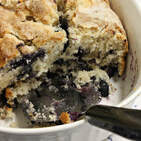

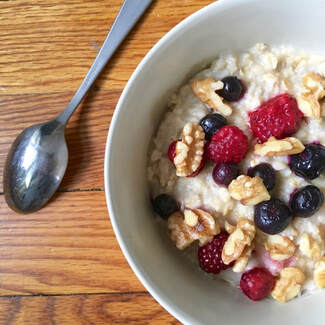
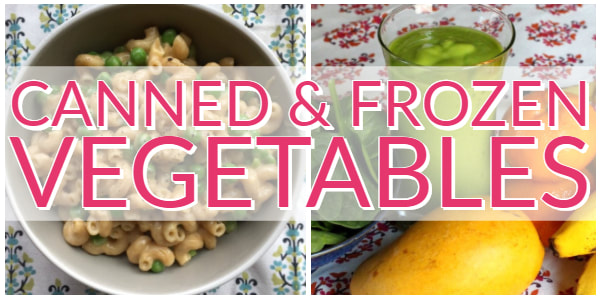
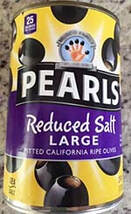
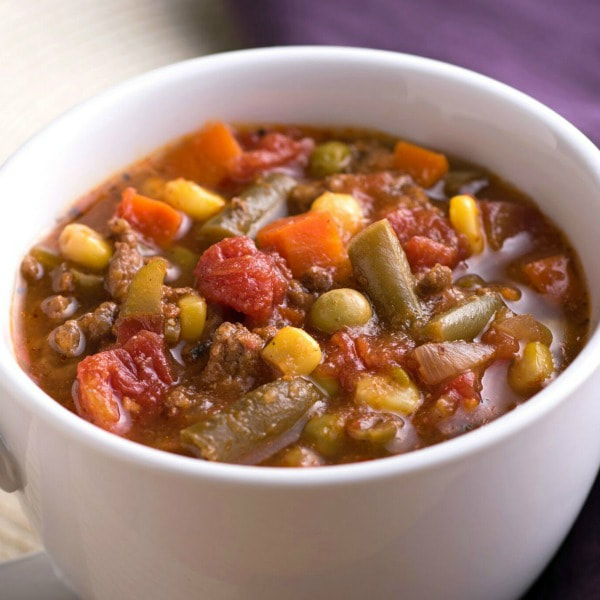
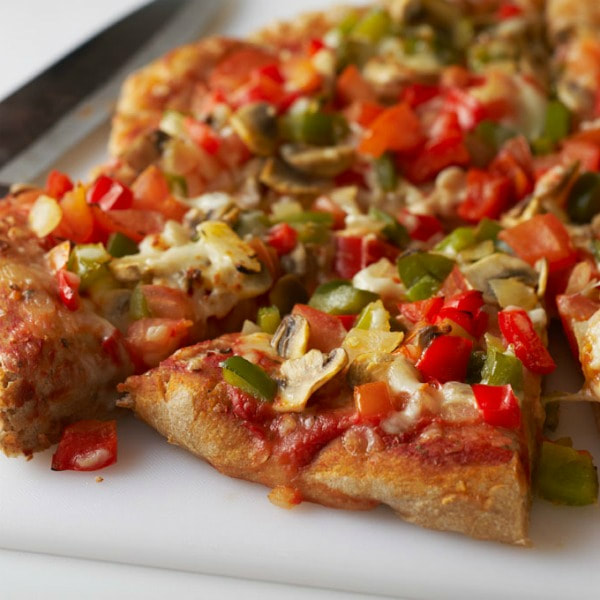
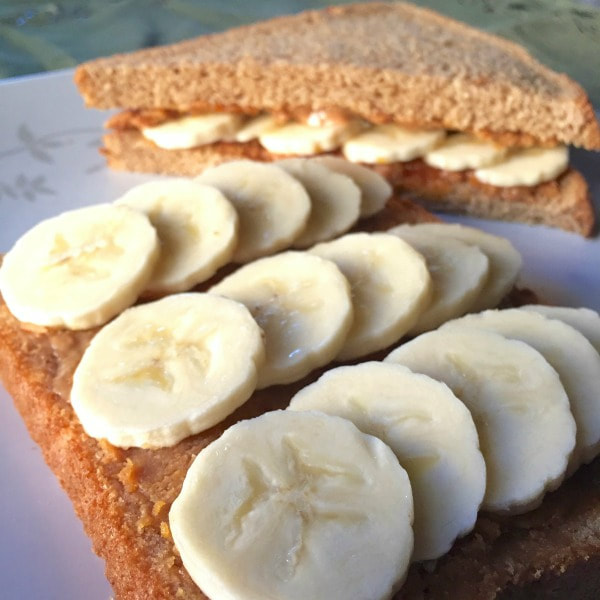
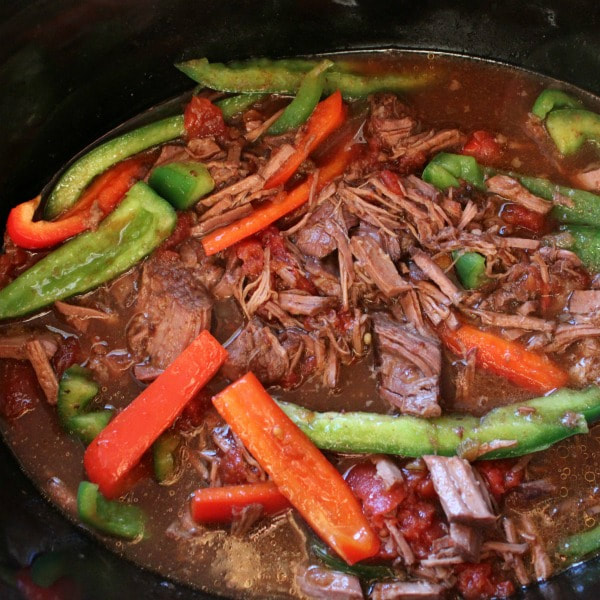
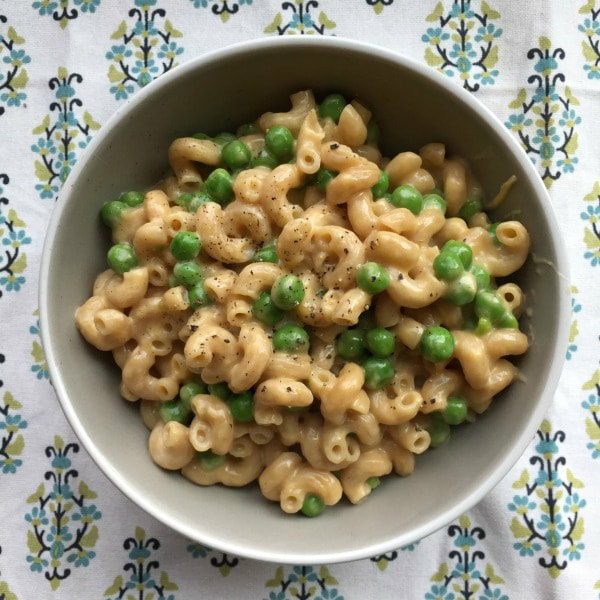
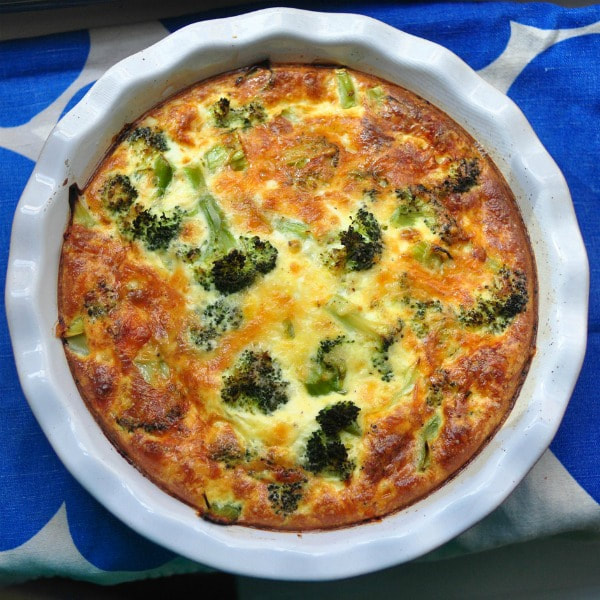
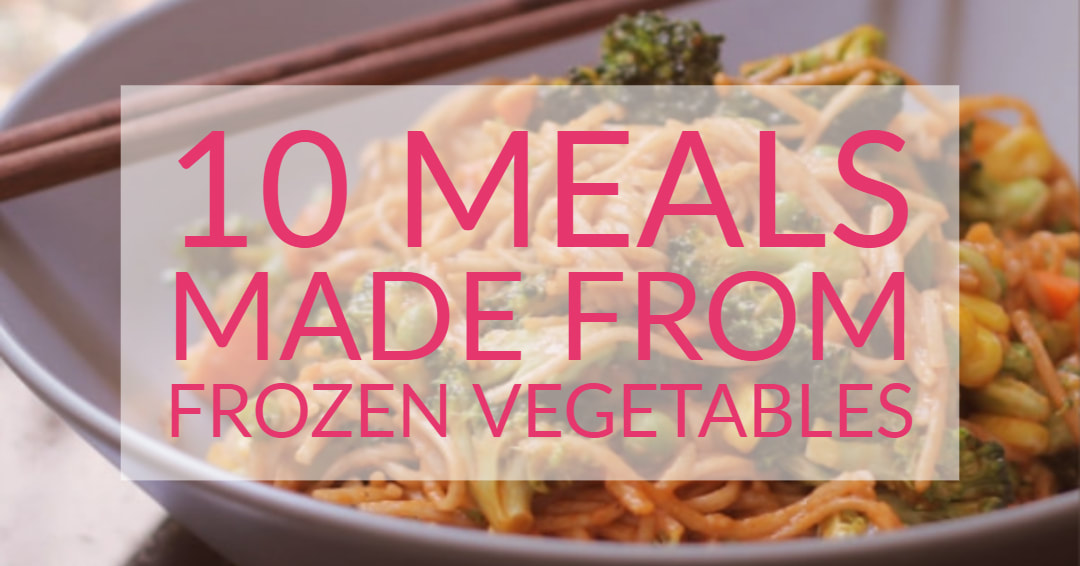
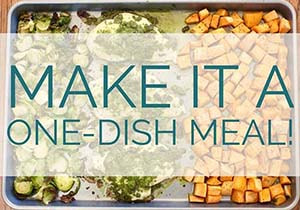
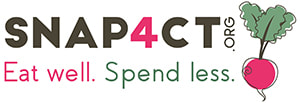
 RSS Feed
RSS Feed

